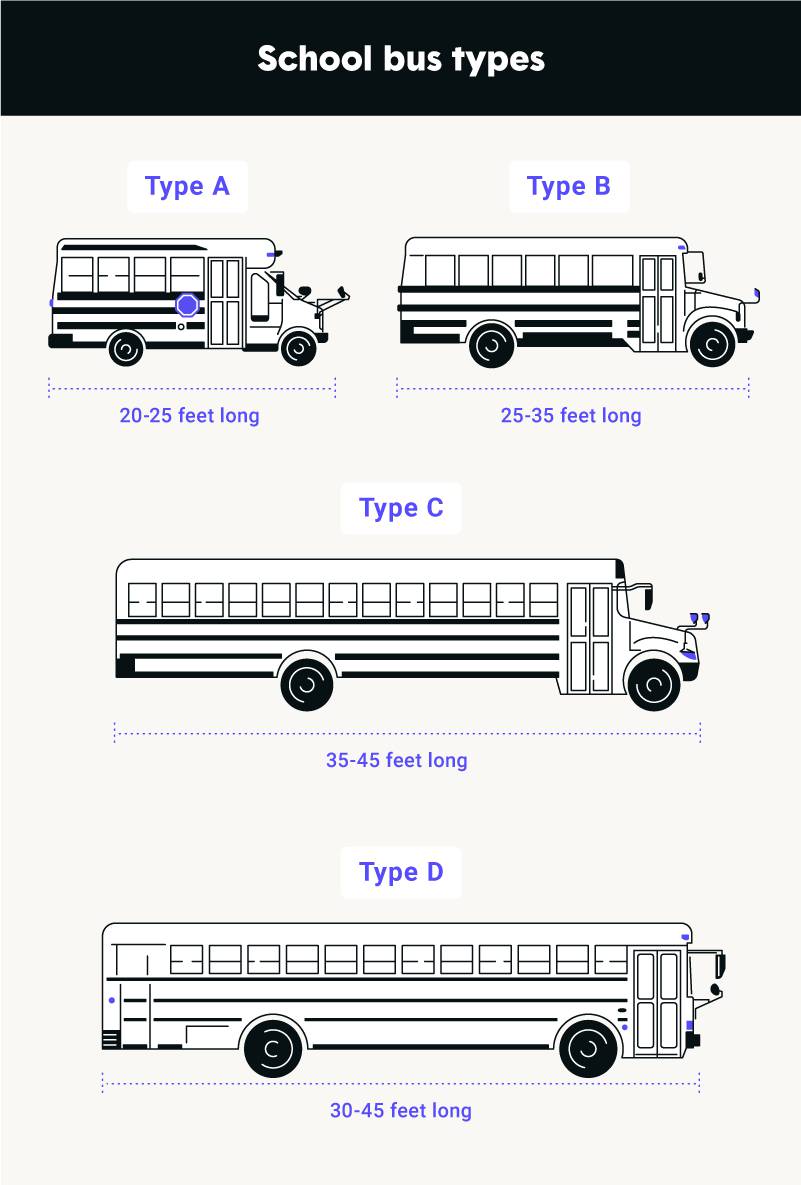The RV-tiny home trend continues to be on the rise, with 11.2 million RV owners currently and an anticipated 9.6 million people who intend to purchase an RV within the next five years.
While traditionally referring to tiny houses built on trailers, the tiny home movement is, at its essence, about downsizing living space and embracing a minimalist lifestyle. With those guidelines in mind, living in a bus, RV or camper falls under this movement.
Since the pandemic began, RV sales have soared. Campgrounds are hard to come by and require booking well in advance. However, that’s not keeping people away. At first, RVs became a safer way for people to travel during the pandemic. Coupled with the rise in remote work and interest in reducing living costs, the appeals of nomadic living are drawing more people in every day.
One of the innovative ways people are taking part in the tiny home movement is with school bus conversions, otherwise known as skoolies. Skoolies draw in the DIY crowd looking to get their hands dirty creating a unique home on wheels.
If skoolie living is something you’re interested in, you’re in the right place. Get started by browsing for used buses, researching RV insurance and reading this beginner’s guide for starting a school bus conversion, or skip to our infographic.







